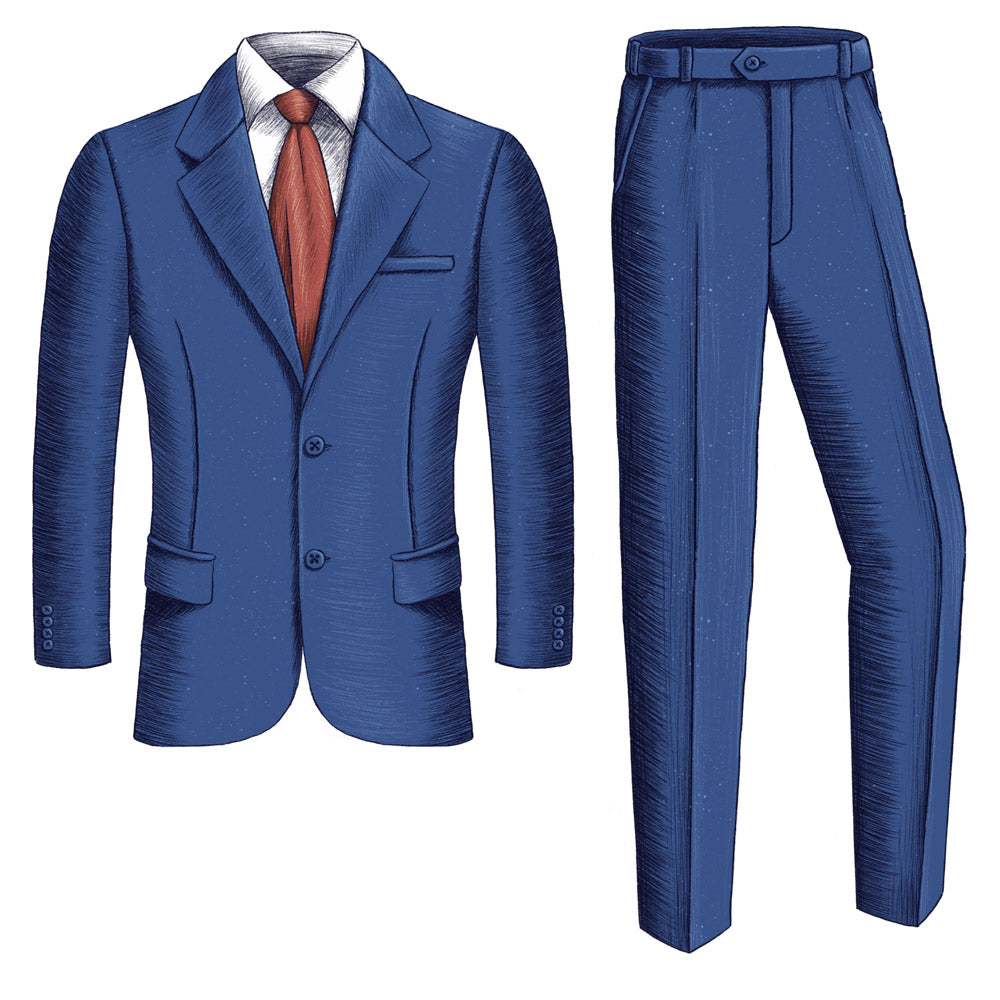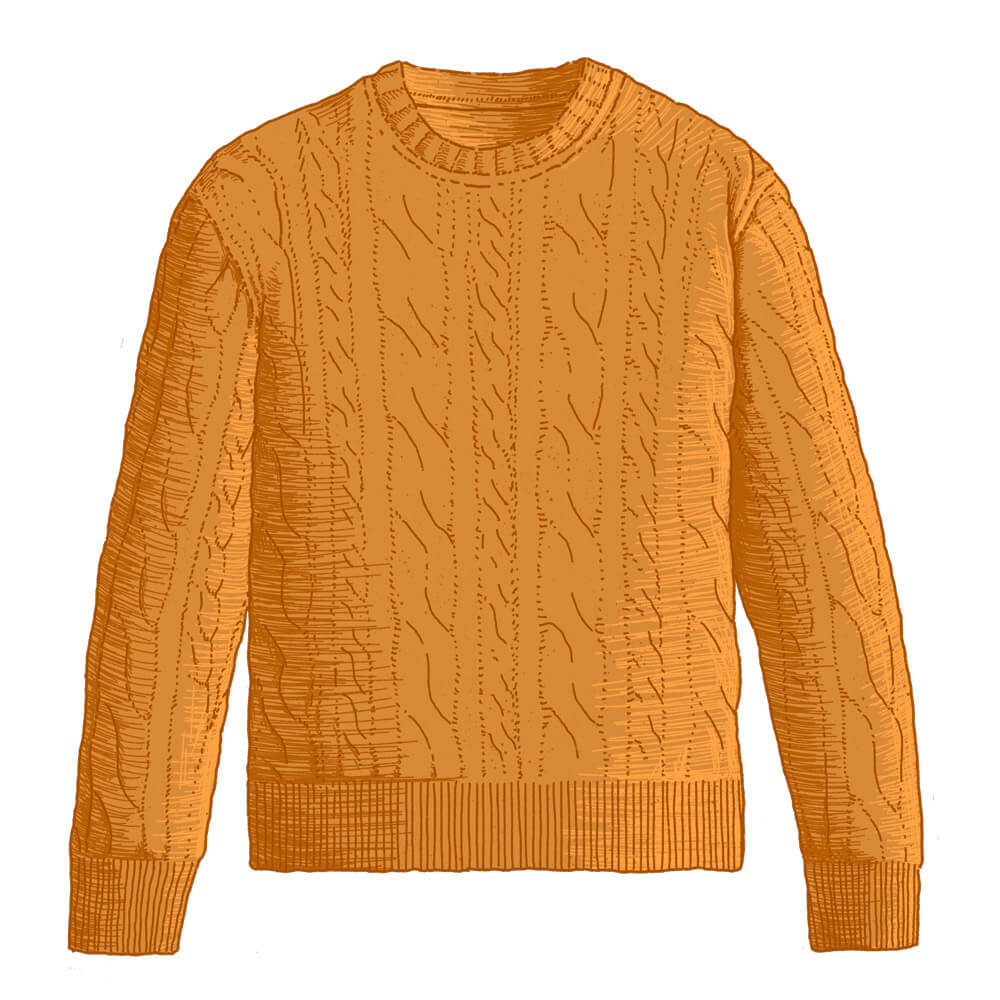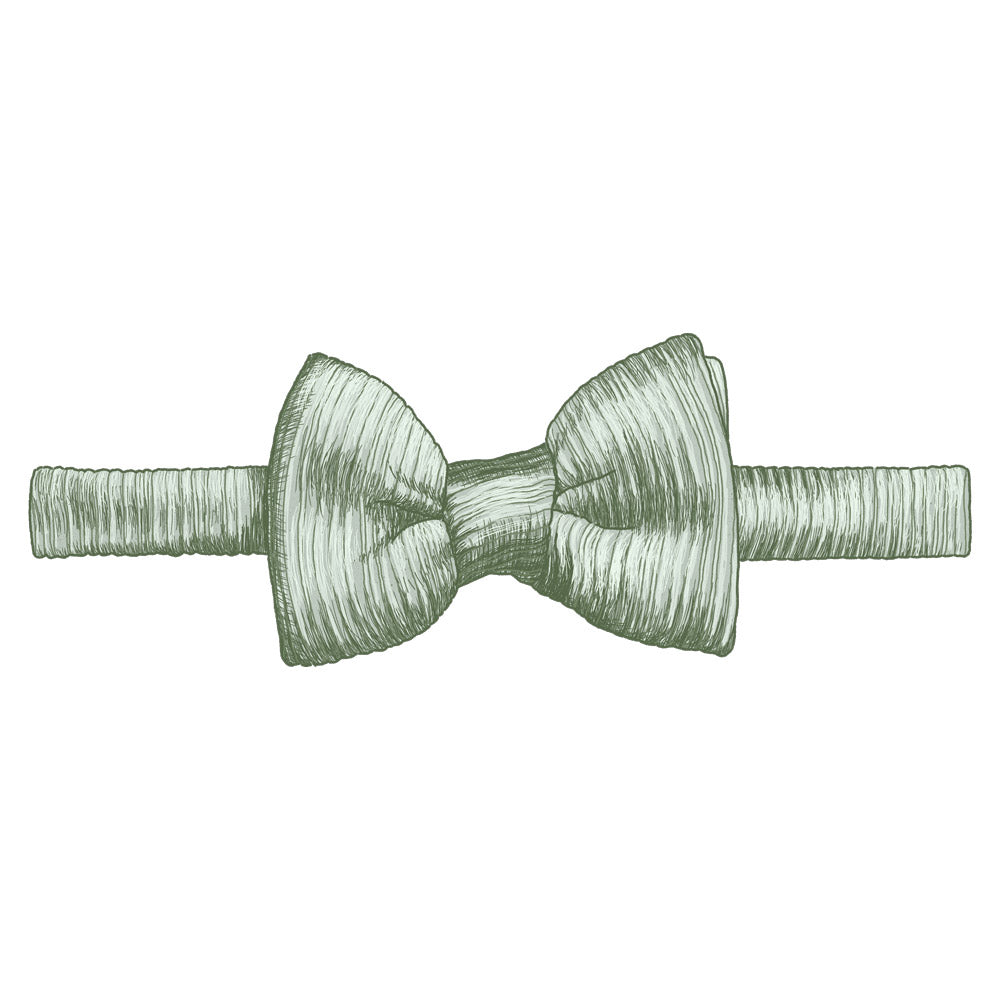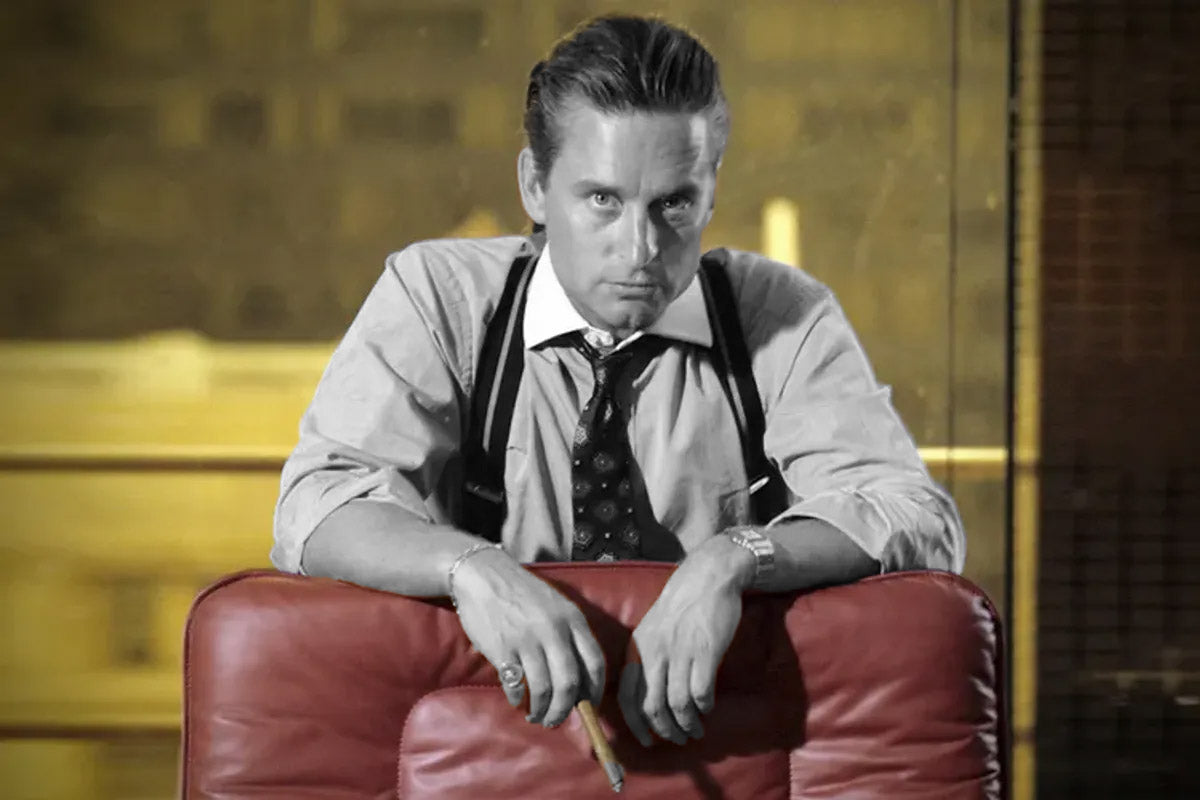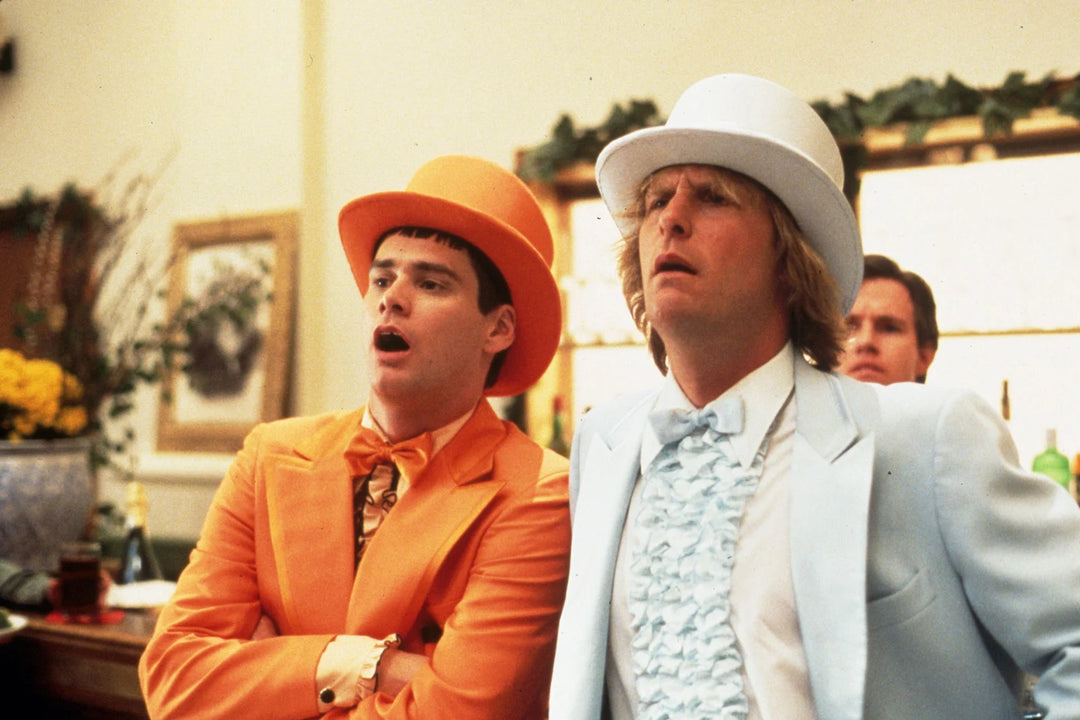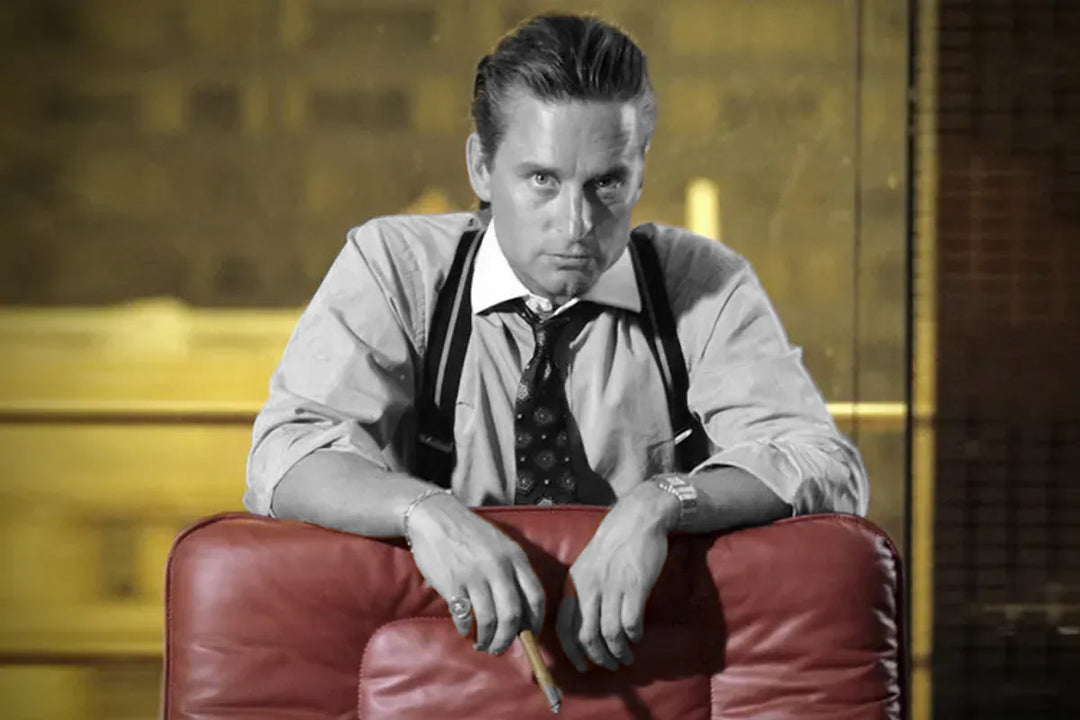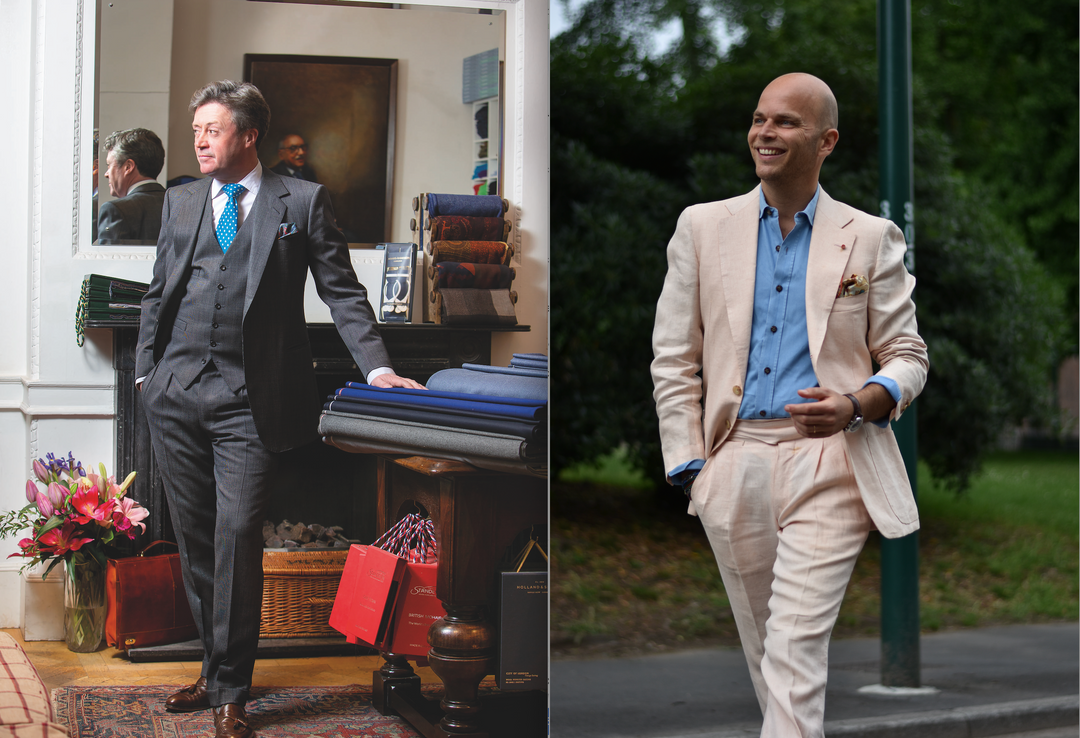Where would we be without collars? You'd be painfully aware of how depleted our wardrobe would be without them, if you’re among those of us who have ever bristled with shame in a semi-formal environment, desperately wishing you’d reached for even just a polo shirt instead of the round-neck tee you opted for in a momentary flash of indifference to dress codes.
But how exactly did these triangular appendages, stitched onto the neckline of the modern shirt – the stand-out part of that garment’s anatomy, both literally and figuratively speaking – come into existence? And how can you use them to your stylistic advantage?
Stylish men often blench at the idea that collars are not too distantly related to the plate-sized ruffs in which European men once expected to be taken seriously. The ruff was a case of class one-upmanship, gone ballistic. A smidgeon of undergarment fabric peeping out from the top of fabrics worn on top had been an expression of humility and chastity by men of faith since the 14th Century: then a nifty new Flemish starch recipe spread through Europe. Before long, in Elizabethan London and the Paris ruled by the House of Medici, the larger the frill the more confident the assertion of status. It got to the point where larger specimens were referred to as “millstone collars”, a reference to the grain-crushing stone wheels found in windmills.

Happily, fashion got swept up in Enlightenment values along with art, philosophy, and politics, and a new-found antipathy to frivolous artifice – along with the increasing popularity of the tie’s not-so-distant ancestor, the cravat – became the ruff’s death knell. Cravats required a rectangular, rigid cloth band which crept up the neck through the 19th Century until, for comfort’s sake, people began folding them over and pointing the tips outwards.

The increasing use of detachable collars early that same century (handy, as they could be laundered separately to the rest of the shirt) led to a look that feels horribly effete today: because they were separate, they became overly pressed, shaped, and fussed over. Thankfully they, like the ruff, fell victim to progressive societal values: as G. Bruce Boyer puts it in his excellent tome True Style: The History and Principles of Classic Menswear, “Beginning in the 1930s… the stuffed sausage look began to change. Central heating, lighter weight fabrics, and a more relaxed social attitude all contributed to making men’s clothes more comfortable.”
Another crucial milestone in the narrative came in 1933, when French tennis player and businessman René Lacoste invented a collared, lightweight alternative, in “petit piqué” cotton, to the long-sleeved, cumbersome court-wear hitherto imposed on players: the polo shirt, modern iterations of which are a god-send, a century on, when it comes to nailing post-Covid smart-casual dress-codes.

Since then, the fundamentals of the shirt collar (unless we count outliers such as the mandarin or the wing-tip collar) have pretty much stayed the same – although sub-genres are rife. We only need look to the silver screen for an abundance of collar style cues, In fact, one philandering British fictional spy alone, having been with us over several decades, offers a decent timeline of changing tastes: the spread collars made by Turnbull & Asser and worn by Sean Connery’s Bond in 1962’s Dr. No; Pierce Brosnan’s high spread collar in 1999’s The World Is Not Enough; Daniel Craig’s, wide point collars (with bow tie, crucially), tab collars, and button-down offerings in 2006’s Casino Royale 2012’s Skyfall and 2021’s No Time to Die respectively.
Other valuable on-screen references to the collar’s versatility are provided by the generously sized spearpoints worn in Goodfellas or, more recently, by Adam Driver’s eponymous character in Ferrari; the “Yuppie”-era contrast-collars sported by Michael Douglas’s Gordon Gekko in Wall Street; and the cutaway collars favored by Mads Mikkelsen’s TV iteration of Hannibal Lecter.

So where are we now, fashion wise? “The size and depths of collars change with prevailing fashion and now we’re finally over the awful ‘skinny’ fashion era,” says Christopher Modoo, a UK-based designer and former Senior Creative at Savile Row tailor Chester Barrie, “so shirt collars are returning to classic proportions.” It’s a point borne out by our own selection of tailored casual and dress shirts, which feature classic spread collars and relaxed-vibe button-downs: both versatile enough to seriously hike the number of ensemble permutations that exist in your wardrobe.
Modoo also advises avoidance of extremes: after all, there’s nothing incongruous about the phrase “subtly eye-catching”, when it comes to menswear. “The collar shape dramatically influences the overall look of a tailored outfit and has a profound sartorial influence,” he says. “Collars are still so important in the post-tie world – perhaps more so. But wearing open-neck shirts to complement your tailoring requires the right collar – as in, stiff and just prominent enough to frame the wearer’s face and sit with a little ‘roll’ inside the lapels of the jacket – in order to avoid the awful ‘removed-tie-in-bar’ look.”
